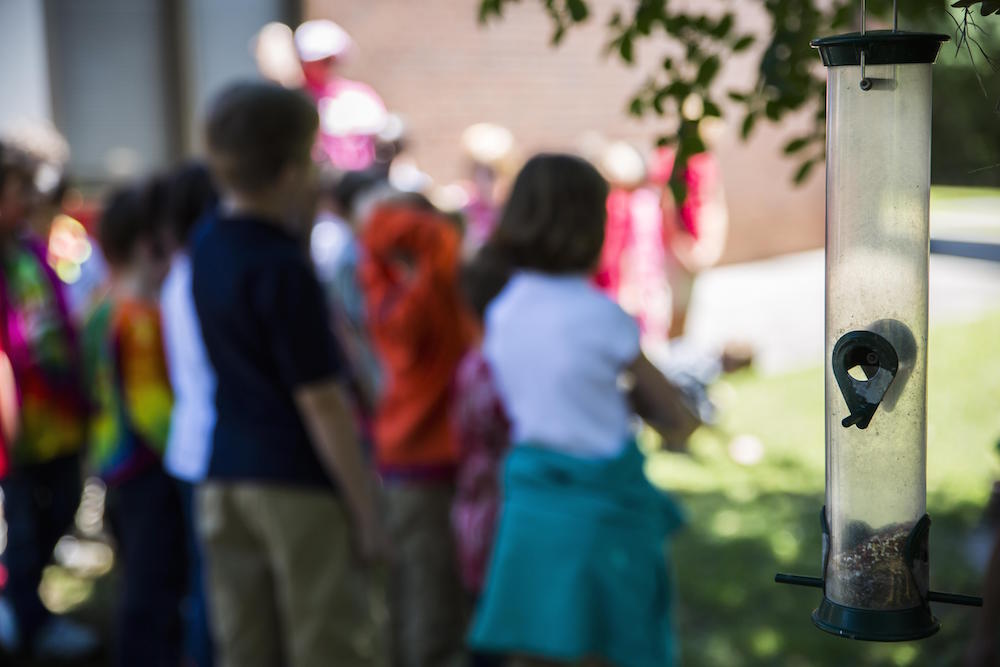Military students need to prepare for lockdown aftermath
The school year is coming to a close, and parents across the country are celebrating the end of the distance learning experiment. We are all looking forward to a more normal school year in the fall. But if your family is getting ready to PCS this summer, your student’s challenges are just beginning. If you thought managing their Zoom call schedule was difficult, wait until you try to transfer them to a new school district during a pandemic.

The school year is coming to a close, and parents across the country are celebrating the end of the distance learning experiment. We are all looking forward to a more normal school year in the fall. But if your family is getting ready to PCS this summer, your student’s challenges are just beginning. If you thought managing their Zoom call schedule was difficult, wait until you try to transfer them to a new school district during a pandemic.
It isn’t going to be easy. This PCS season will have extra challenges for the whole family. (Thanks COVID!) During a normal school year that didn’t involve a worldwide pandemic, changing schools would still be a headache. Each state controls their own curriculum, which means students changing states are sometimes left with missing credits or mismatched requirements. The pandemic and early school closings just made things a lot more complicated for everyone.
The good news is that there are steps you can take right now to prepare your child to change schools. We’ve got you covered as you and your military students enter these uncharted waters.
One tool you need for your military student
The best thing any parent can do to help a military child prepare for a new school is to create an education binder. This is something you can do right now, even when schools are closed. Start at home by gathering samples of what your child has been doing over the past year. You will want to include:
- Report cards and testing evaluations for at least the past year, preferably three years. These show their steady progress in various subjects. Be sure to note any family disturbances due to PCS moves or deployments.
- Samples of their work in math, reading, and writing so they can be placed into the appropriate grade level. This is important if you won’t be able to take the summer evaluations for class placement.
- Notes from teachers about their learning style and any academic exceptions that they were granted this year. If you child is EFMP or has an ELP, this should all be detailed.
- Letters from teachers and coaches that can be used to help their next teacher understand their strengths and weaknesses. These are also useful as recommendation letters for students to join clubs and activities.
- Lists or pictures of their current textbooks, so you can explain to the new school district what they have already covered.
All this is important, because the official transcript from their school is just a one-page record of grades that doesn’t give anyone an accurate picture of your student’s sparkling personality or stubborn refusal to turn in work on time. If your school office has been closed since the stay-at-home orders, then you may not even get that transcript until you are already at the next school! The education binder helps fill the gap for a smoother transition. You will want to hand carry this education binder with you when you move because there’s just too much risk of it getting lost or damaged in your moving boxes.
We’re going to a very different school district. Help!
Whether you are transferring to another district, or changing to a different state because of PCS orders, there’s always the risk that school curricula won’t match up. Depending on your current district, your child will either be bored at repeating material, or lost because they missed some instruction. This year, since each state handled closings in a different way, and they are all making up their schedule to re-open, there are going to be a lot more gaps to fill.
But don’t panic! You can prepare your child for the next school level by talking to their current teacher. Ask what skills they are missing for the next grade. Over the summer, maybe they can practice multiplication facts, read books on the next reading level, or finish the last few chapters in their history textbook. If you focus on developing grade-level skills at home, then they won’t be far behind at the next school district.
Another great resource is your School Liaison Officer (SLO). You can talk to the SLO in your current school and the receiving district to get the best information for your student. The sooner you are able to make contact and ask questions, the better prepared your student will be.
You can help your military student through this crazy transition by preparing an education binder and talking to their teachers and SLOs. As always, it’s important to research your next duty station and the school districts around it. PCSgrades can help with detailed reviews written by military families for fellow military families. Visit PCSgrades.com to begin your research and tune in to their webinar Q&A about EMFP students on the move for expert guidance on the ever changing landscape.
This article is sponsored by PCSgrades.